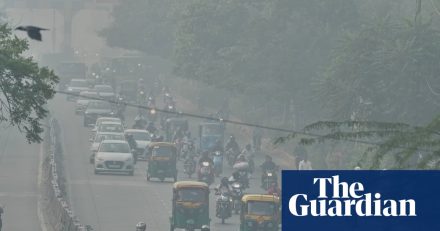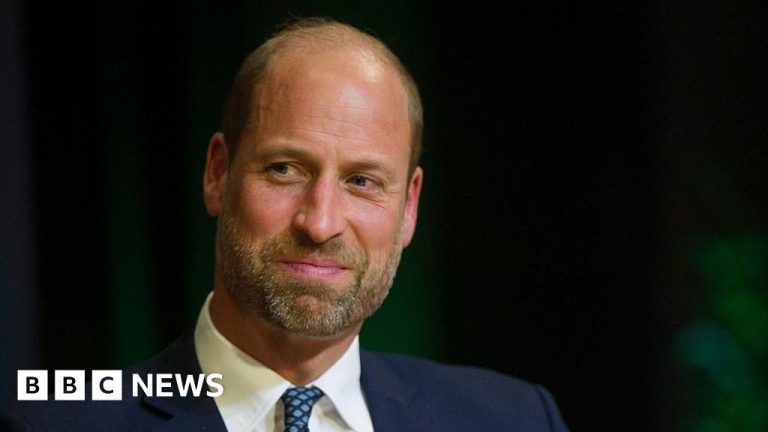There is a photograph, taken ten years ago in Paris, that today feels like a relic. Dozens of leaders lined up in dark suits in front of a huge COP21 sign: David Cameron grinning beside the future King Charles III, China’s Xi Jinping close by, and Barack Obama among many others. By contrast, the family picture at this year’s COP30 in Brazil looked starkly different. Xi and India’s Narendra Modi were absent, as were leaders from around 160 countries. The US president did not attend and the administration has largely exited the UN climate process.
That raises a blunt question: why hold a two-week multinational summit if so many leaders won’t show? Critics have been blunt. Christiana Figueres, who led the UN climate process when the Paris Agreement was struck, said the COP process was “not fit for purpose.” Joss Garman, now head of the Loom think tank, calls the “golden era for multilateral diplomacy” over and says climate politics has become about who captures the economic benefits of new energy industries.
The practical problem is stark: after 29 COPs, global CO2 emissions are still rising. Can more conferences change that?
The Trump administration has taken a confrontational view. On his first day back in office, the president used a marker pen to formalise US withdrawal from the Paris Agreement and has publicly dismissed climate change as “the greatest con job ever perpetrated on the world.” His policies have rolled back restrictions on oil, gas and coal, opened federal lands to extraction, cut clean-energy subsidies and research funding, and offered tax breaks to fossil fuel firms. The administration has urged other countries to buy US hydrocarbons, sometimes hinting at punitive measures for those that don’t.
These moves have had immediate consequences: a landmark deal to curb shipping emissions collapsed after the US and Saudi Arabia helped end the talks. Observers worry the American shift could encourage other nations to lower their commitments. Anna Aberg of Chatham House says COP is taking place in a “really difficult political context” and that it’s more important than ever for the summit to send a signal that governments, businesses and institutions still act on climate change.
At the same time, the global economic struggle over energy is now central. The US under Trump is pushing a fossil-fuel-first agenda to be the “number one energy superpower,” while China has spent decades building dominance in clean technology and is exporting that model. In 2023, clean technologies drove roughly 40% of China’s economic growth; after a brief slowdown, renewables accounted for about a quarter of new growth and now contribute more than 10% of the economy. China makes over 80% of the world’s solar panels, a similar share of advanced batteries, about 70% of electric vehicles, and more than 60% of wind turbines, often at much lower prices than competitors can match.
That split between a fossil-fuel-oriented US and a China betting on green tech has reframed the climate debate as a rivalry over control of a vital industry. Europe and countries like India, Indonesia, Turkey and Brazil find themselves between these approaches. European Commission President Ursula von der Leyen warned that Europe must not repeat past mistakes—losing its solar manufacturing base to cheaper Chinese rivals is a “cautionary tale.” The European Commission expects the market for renewables and clean energy to grow from €600bn to €2tn within a decade and wants Europe to capture at least 15% of that market, but many argue that China’s lead in clean tech is now hard to displace.
These geopolitical tensions shape COP’s relevance. Some see a new purpose for the summit: an annual forum for “holding to account” countries and organisations. UN Secretary-General António Guterres has acknowledged the 1.5°C Paris target will be breached and called that “deadly negligence.” Last year was the hottest on record, and a group of leading scientists warned the planet could exceed 1.5°C within a few years at current emission rates.
Others question the need for annual global summits. Michael Liebreich of Bloomberg New Energy Finance argues for one big COP every five years and more focused meetings in between. He says politicians need time to let industries develop and for the real economy to catch up, suggesting smaller meetings could concentrate on removing barriers to clean energy while implementation and financing discussions happen where capital is raised—on Wall Street and in other financial centres.
Yet important negotiations still happen at COPs. This year’s talks aimed to secure a multi-billion-dollar fund to protect rainforests such as the Amazon and the Congo Basin. Supporters argue that the continued collective process matters politically and economically: it signals to businesses that governments remain committed to decarbonisation and will continue to enact climate policies, encouraging investment.
Michael Jacobs, who advised Gordon Brown on climate policy, says collective support for COP is crucial because it resists efforts to undermine international cooperation and reassures markets. The UK’s Energy Secretary, Ed Miliband, acknowledges the talks are “dry, complicated, anguished, tiring,” but insists they have driven engagement and policies that enabled the renewable revolution and are “absolutely necessary.”
Many accept a case for scaling down the conferences, while preserving their core functions: accountability, negotiation on finance and support for vulnerable ecosystems, and a platform for political signaling. But the bigger strategic choice for nations may now lie elsewhere—whether to align with a China-led clean energy revolution or to double down on fossil fuels. As global decarbonisation proceeds, it is likely to be increasingly shaped by big bilateral and commercial deals between countries, and by the economic competition over the industries of the future, rather than by the multilateral commitments that defined past COPs.
Top picture credit: Getty Images






